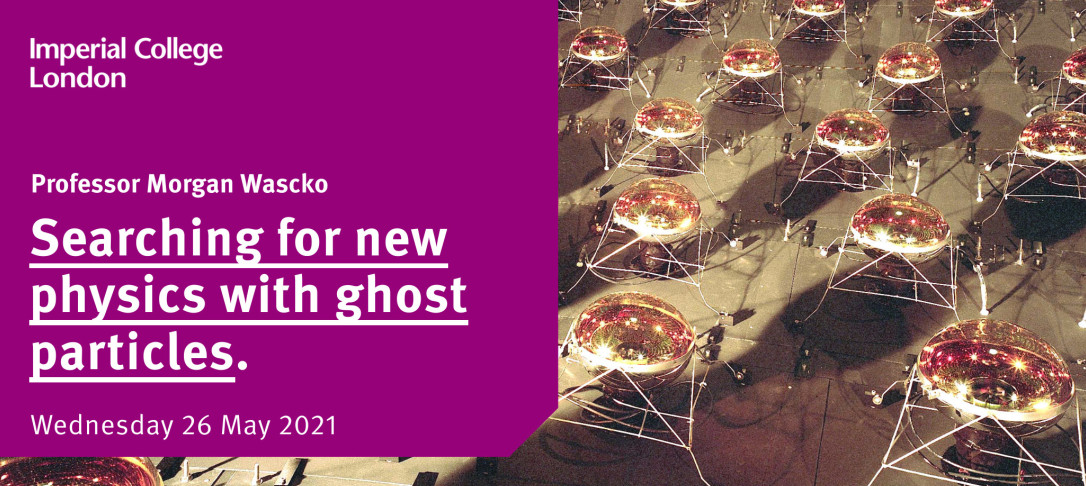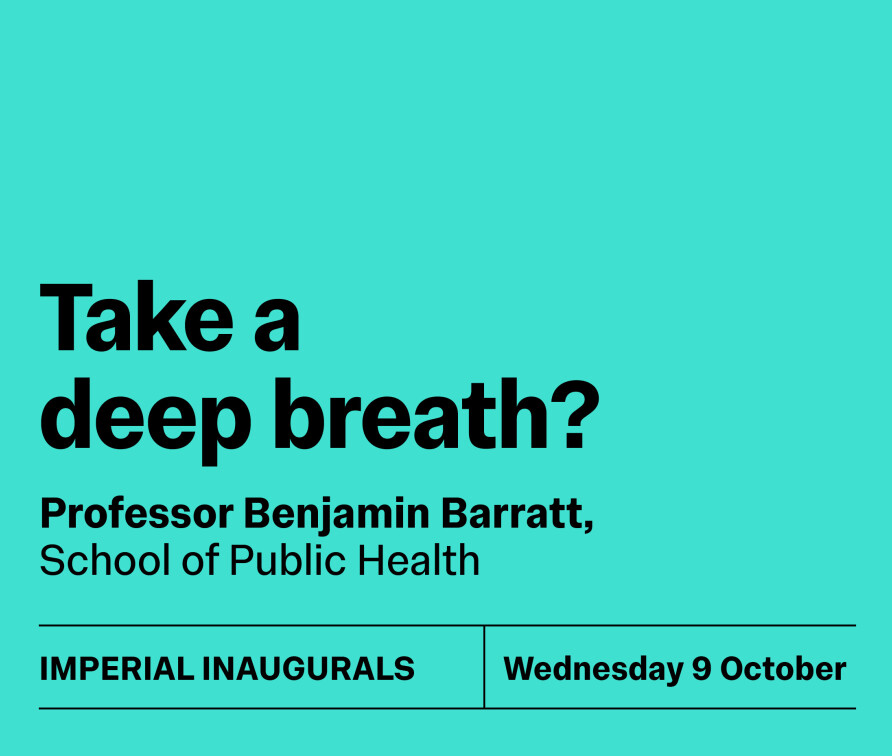
Join the event on Microsoft Teams
Join the event on our YouTube channel
Why is ours a universe full of planets, stars and galaxies? How did the matter of the cosmos overcome instant annihilation by its antimatter counterpart as theory predicts? It’s a mystery that dates back to the first postulations of the Big Bang in the 1960s. Today our final hope in solving it lies with the tiny ghost particles of fundamental physics – neutrinos.
In the town of Tōkai on the west coast of Japan scientists working on the T2K experiment send beams of neutrinos and their anti-neutrino counterparts 300km through the Earth’s crust, after which they are detected by Super-Kamiokande, the 50,000 tonne tank of ultrapure water located 1 km under a mountain. The hope is to find slight deviations in the behaviour of these shades of neutrino. That would break CP symmetry, and could be the key discovery needed to explain what became of the antimatter in the universe.
Morgan Wascko is a Professor within Imperial’s Department of Physics. In his inaugural lecture he will discuss the technical challenges of looking for cracks in the Standard Model with neutrinos, how these have been overcome to deliver the first step towards new physics, and what new facilities are being planned—hoping to turn initial evidence into a ground-breaking new discovery.
Biography
Morgan Wascko graduated from the University of Chicago in the USA. He obtained his PhD from the University of California, Riverside, working on the Milagro gamma ray observatory at the Los Alamos National Laboratory in the USA, where he performed a search for antimatter in cosmic rays using the shadow of the moon. He moved into neutrino physics as a postdoctoral researcher with Louisiana State University in 2001, searching for sterile neutrinos with the MiniBooNE experiment at Fermilab in the USA. He founded the SciBooNE experiment at Fermilab in 2005, and shortly afterwards moved to Imperial College London and joined the T2K experiment. Prof. Wascko led T2K’s Neutrino Interactions Working Group (2009–2014) where he focussed on how neutrinos interact with nuclei, and how those interactions enable and obscure neutrino oscillation measurements.
Beginning in 2015, Prof. Wascko served two terms as International Co-Spokesperson of T2K, which is one of two leaders of the 500-person scientific collaboration. During that time T2K made the world’s first observations of CP violation in the neutrino sector. While continuing to collect and analyse T2K data, Prof. Wascko is now working to build the next generation of neutrino oscillation experiments, Hyper-Kamiokande in Japan and DUNE in the USA, which should begin taking data five years from now. Prof. Wascko was awarded the STFC Advanced Fellowship in 2008, and led the T2K Collaboration when it was collectively awarded the 2016 Breakthrough Prize for Fundamental Physics.


